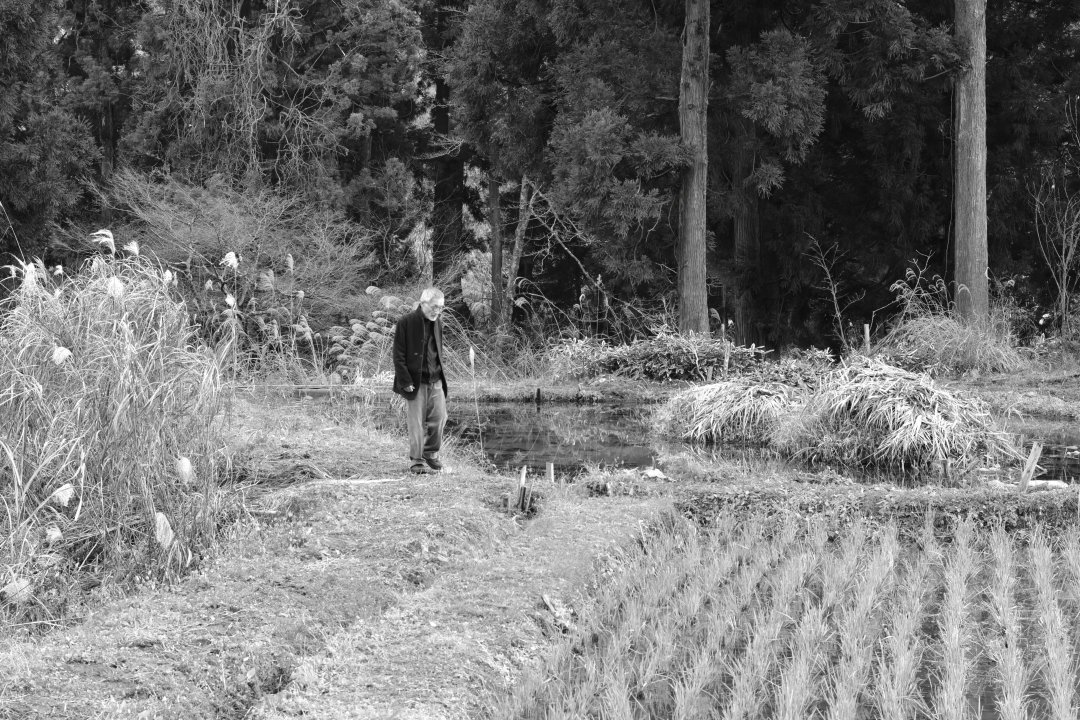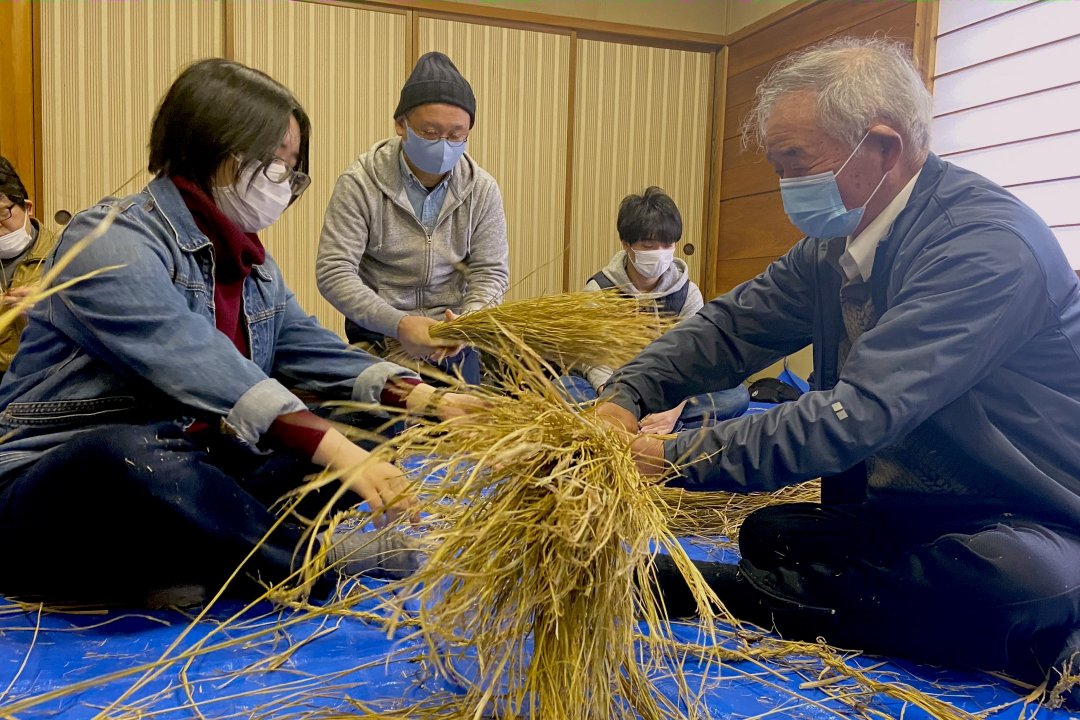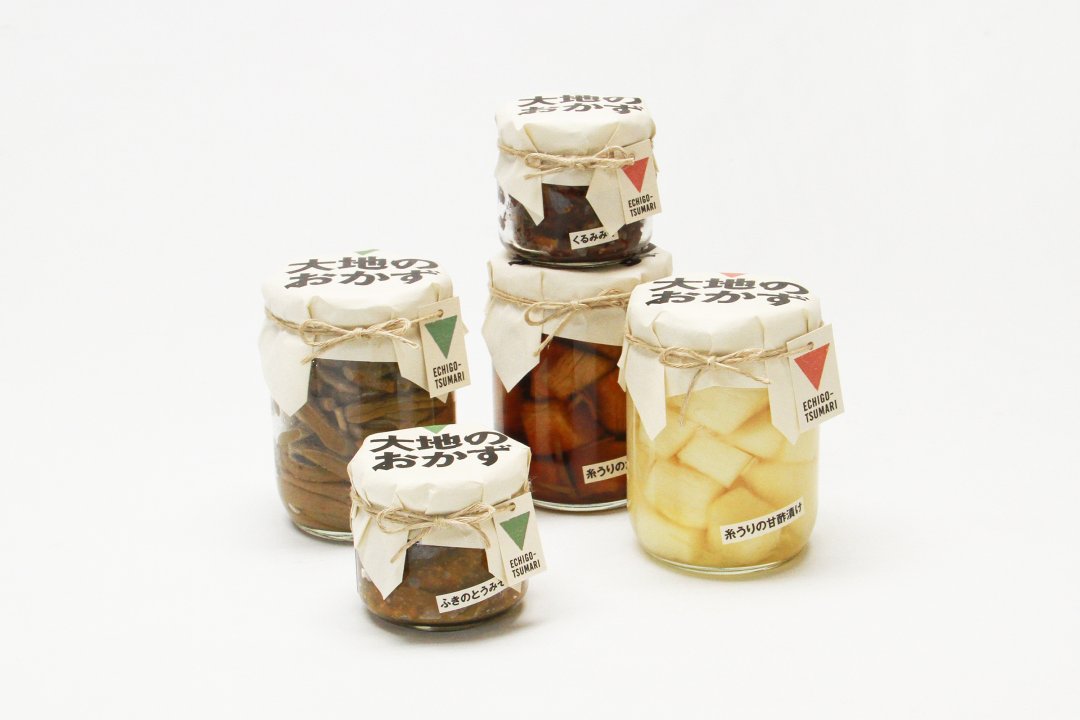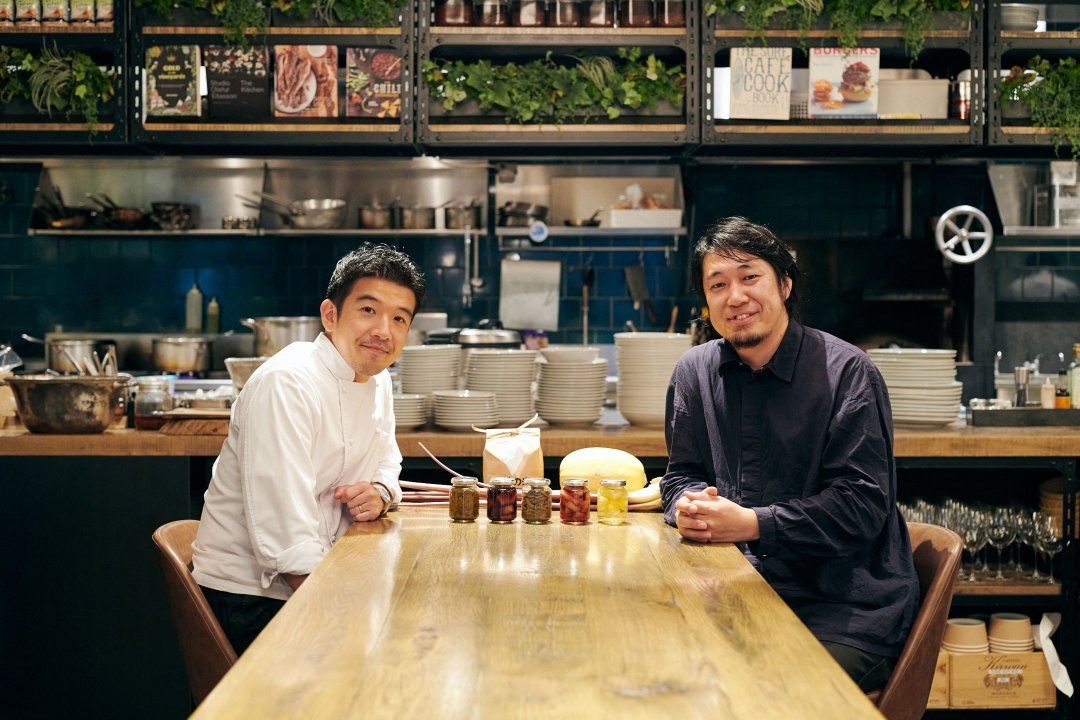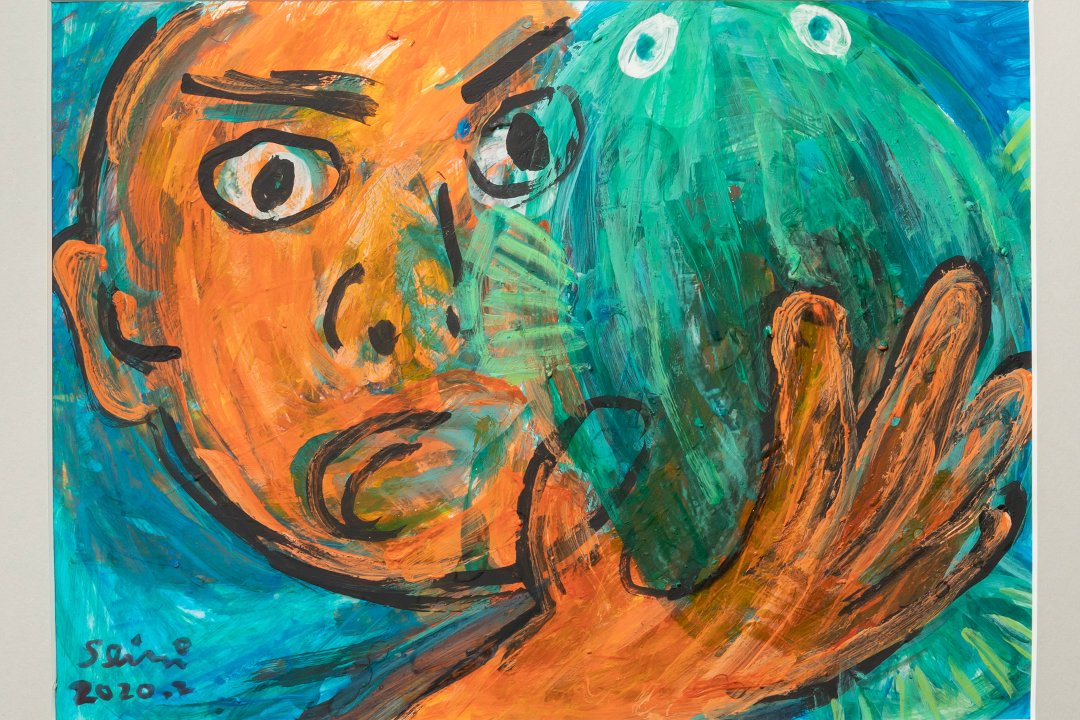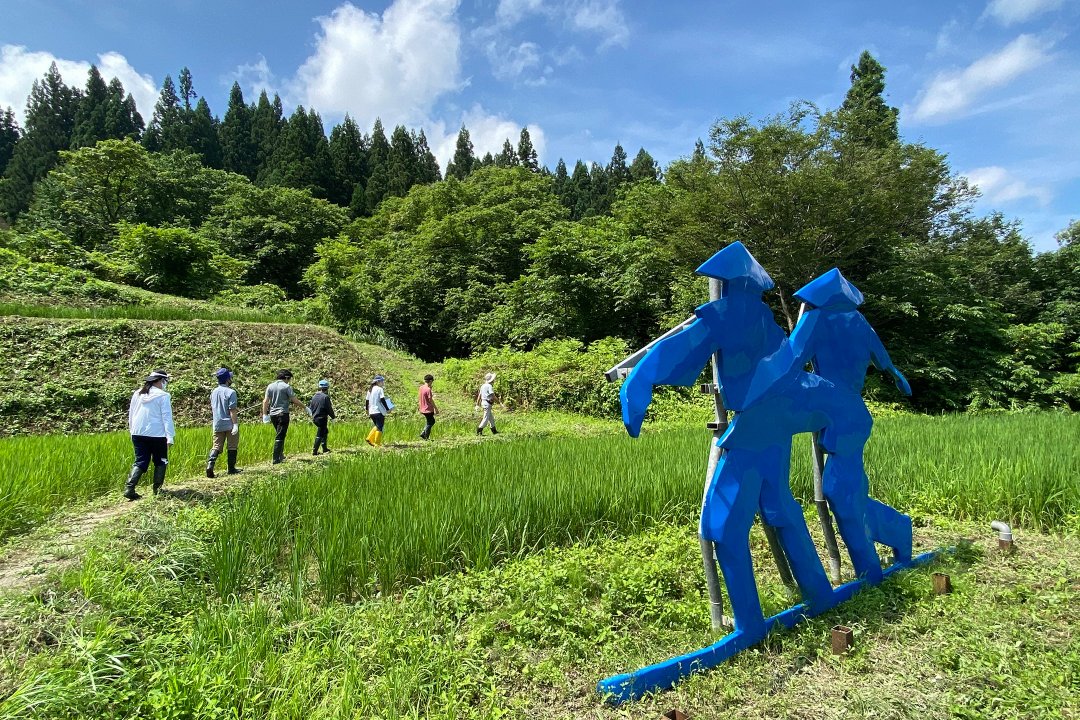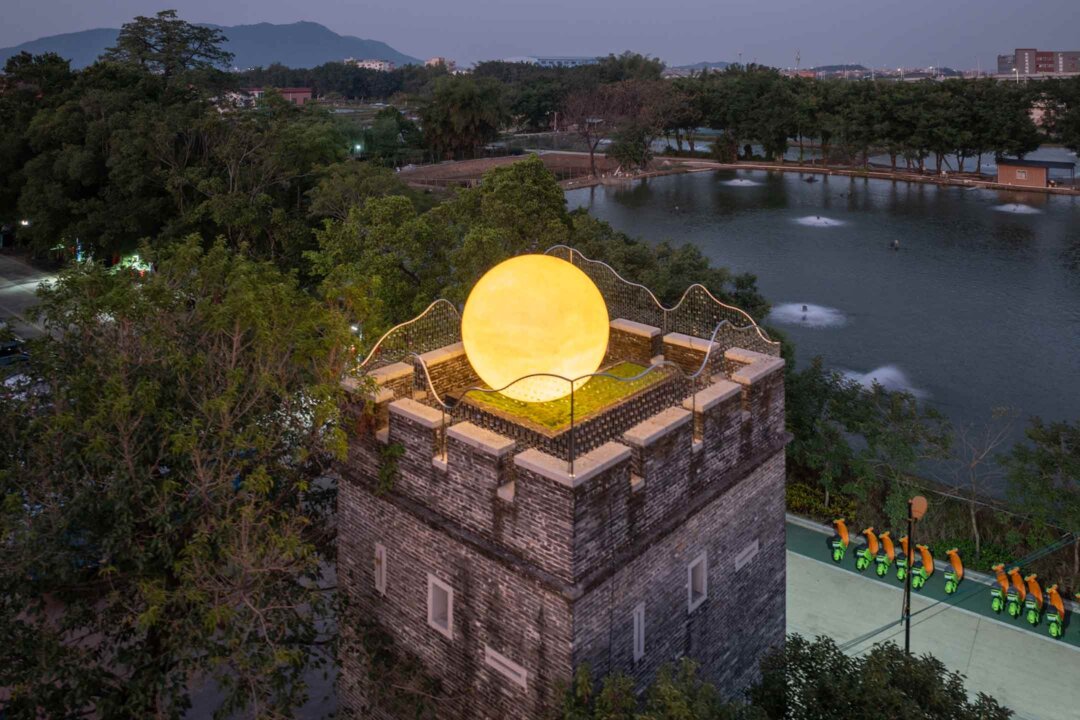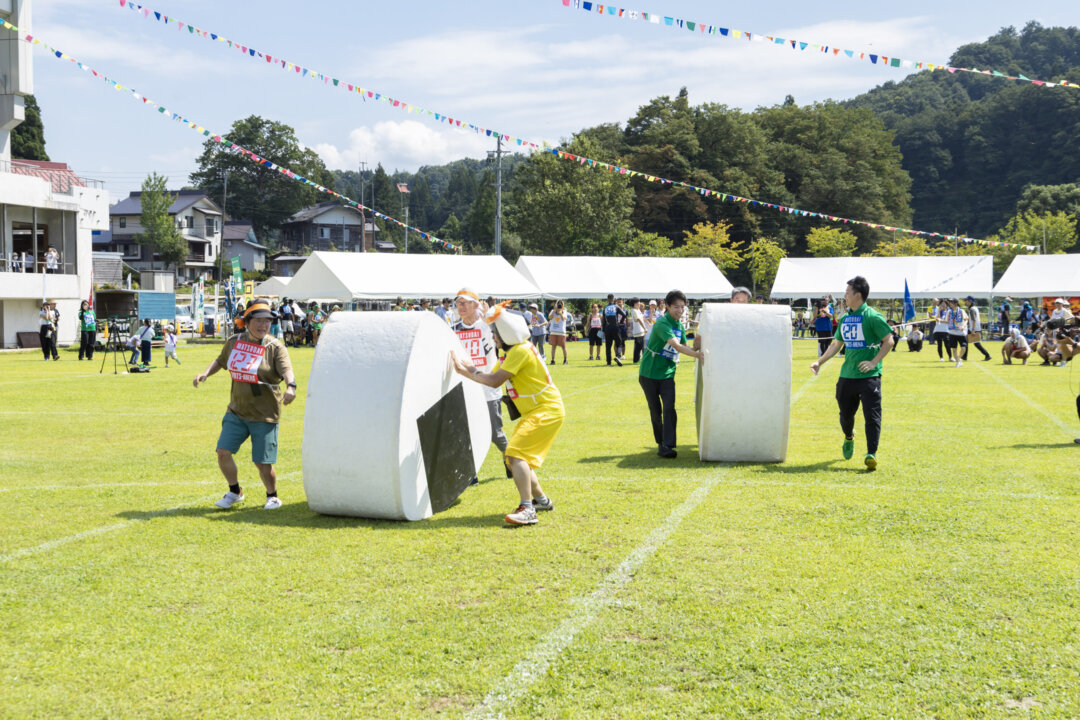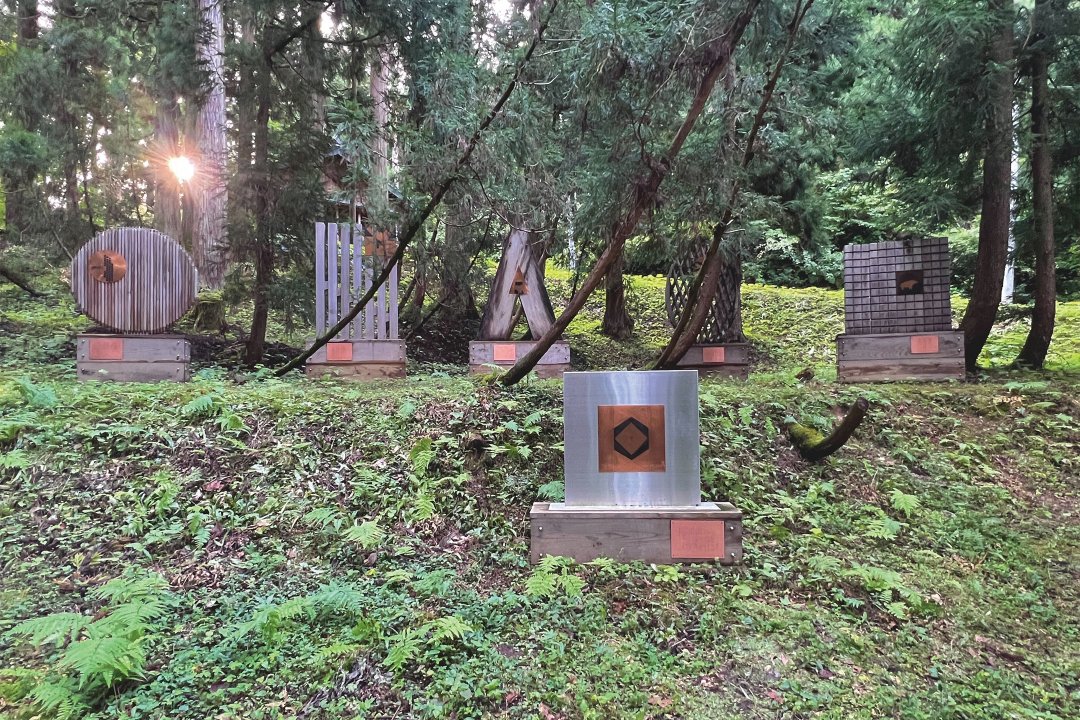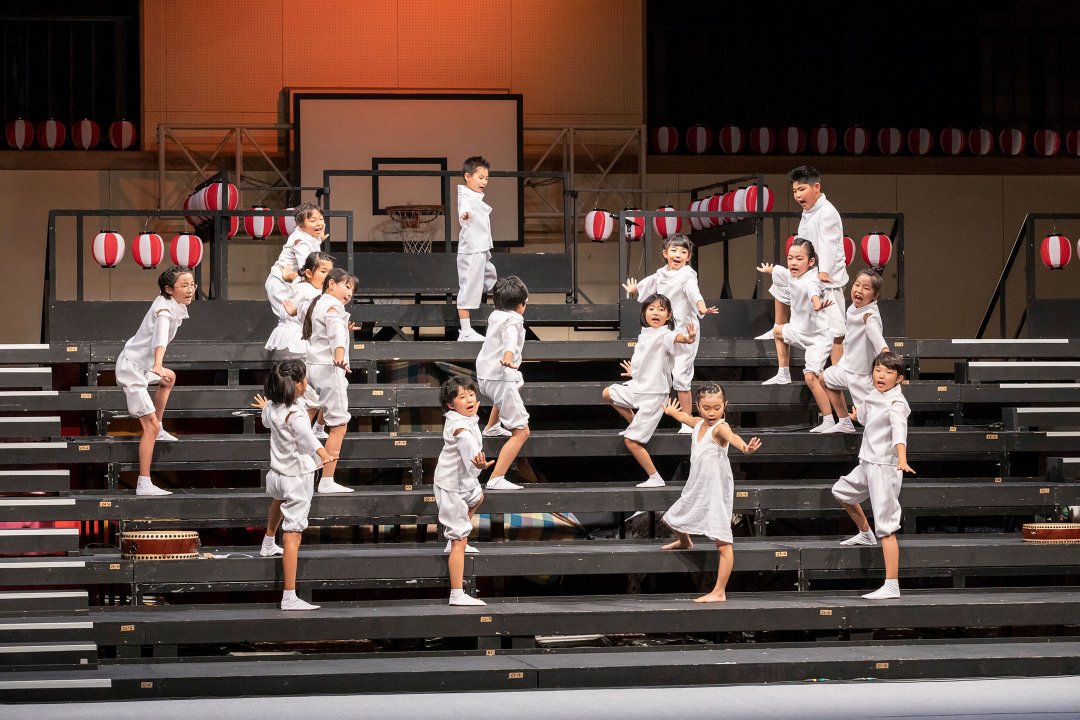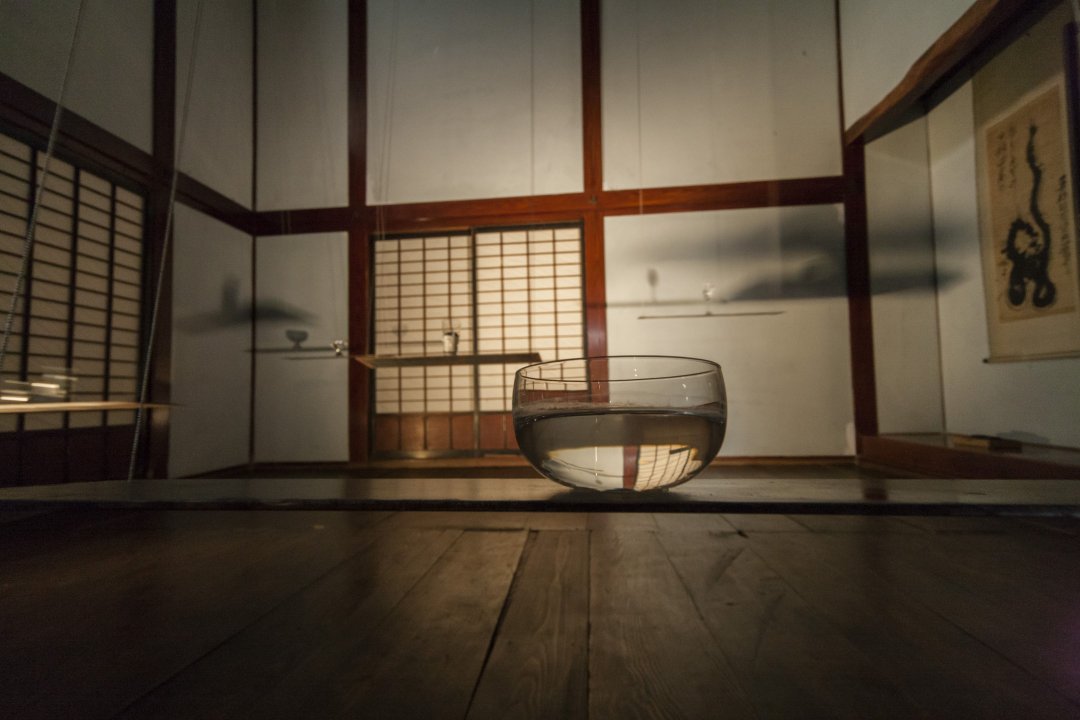Thinking 21st century art in the world from Niigata
Echigo-Tsumari Art Field - Official Web Magazine
Staff / From behind the scene of Echigo-Tsumari
About eating and about art
15 September 2021
It was August 2020. It all started when I participated “Fram Workshop” organised by Fram Kitagawa, General Director of ETAT at Daikanyama, Shibuya. Back then, while I had income from several different sources, I started to contemplate if I could engage with the art festival in a position that doesn’t define neither the role of an “artist” who creates artwork nor that of an “operator” who plan and implement exhibitions. I wondered if I could weld rather than tieing a knot? I wished I could find a way to make living through such engagement. It was December 2020. After attending several workshops, I wrote a letter to the General Director. It was also to articulate what I had been thinking of – how I wished to pursue my life. I needed to confirm with Mr Kitagawa if it had any meaning. A half year had passed and I ended up moving to Echigo-Tsumari. It was July 2021.
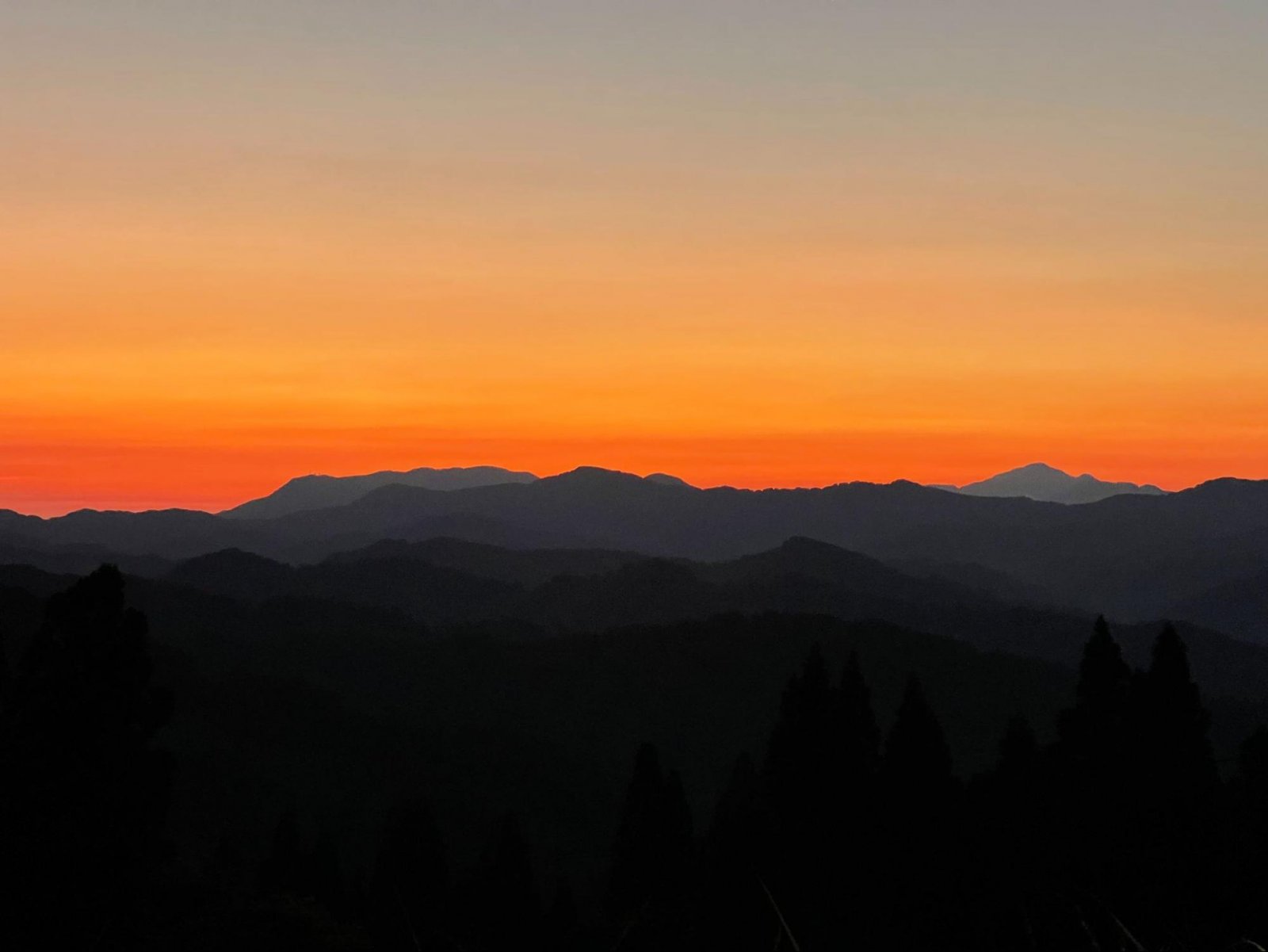
A view from a mountain behind my new home
Days filled with surprises
I just started to work mainly on the operation of one of the ETAT accommodation facilities called Sansho House. It has been two months since I started to live in Echigo-Tsumari and days are filled with surprises. I learnt how the ETAT is organised and operated and how important the maintenance of works is to make the ETAT work. I am also amazed how you actually feel changes of seasons in everyday life. You could think “this is what 24 seasons and 72 climates mean” and you may talk to yourself “produces are truly bliss of the earth” when seeing different vegetables sold on an unmanned stall. Most of all, I am very impressed by the resilience presented by people living in Echigo-Tsumari.
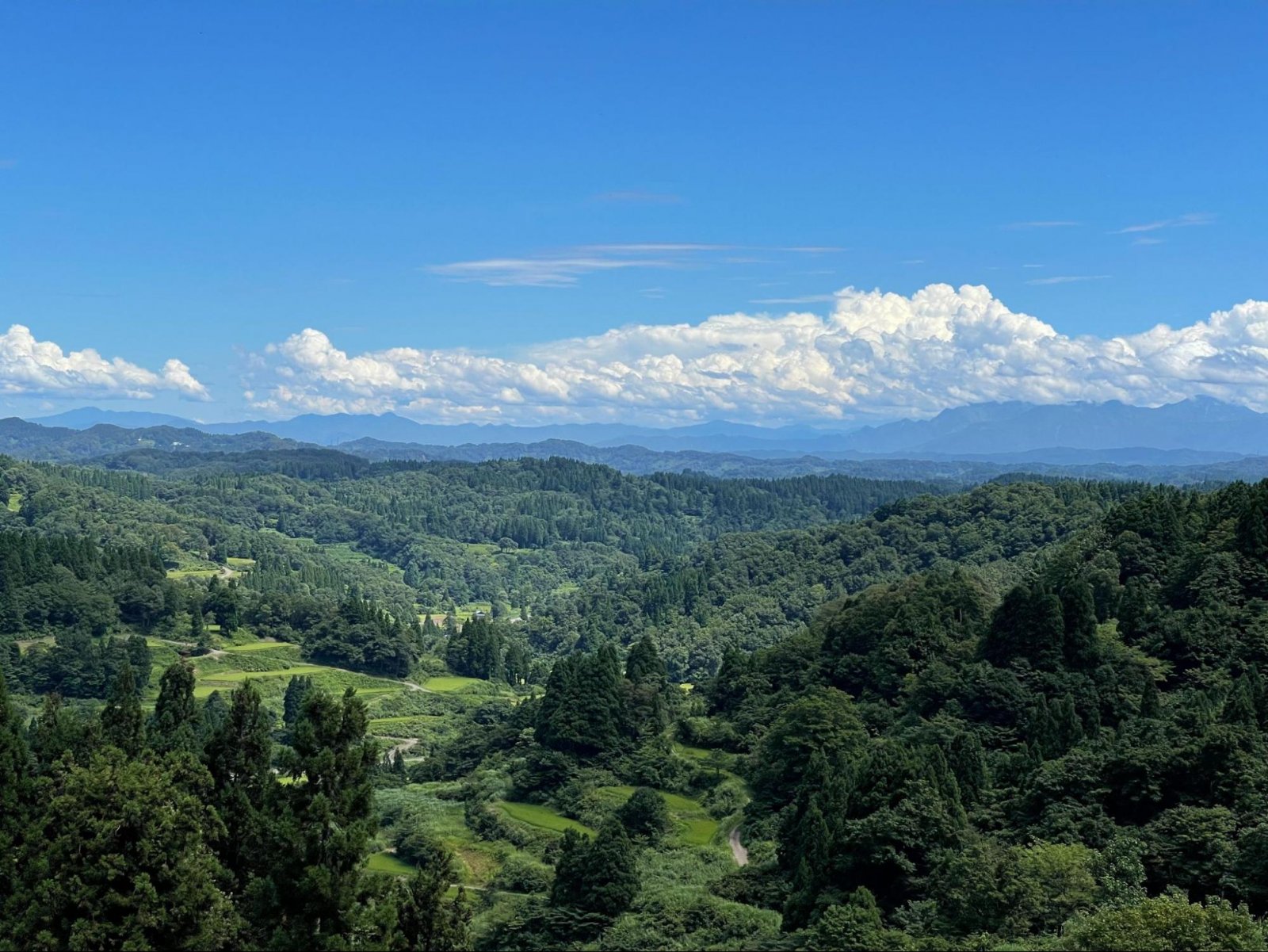
Echigo-Tsumari - A land of resilience
Seeing everything about living
There are two to three weeks in summer when a countless number of cucumbers sprout from the earth. Neiboughers of Sansho House brought more cucumbers than they would fit in a plastic bag to us. This is a season a dinner table is filled with a variety of cucumber cuisine. People in Echigo-Tsumari pick as many cucumbers as possible and cook fresh or make preserved food in preparation for winter. One of the most known preserved food is “Cucumber Tsukudai (cooked cucumber)”. I saw “the resilience of people of Echigo-Tsumari” in the recipe of the tsukudani and felt the challenges that the winter would impose on us which I have not experienced.
When checked someone’s recipe of Tsukudani, it read “cucumber 3kg”. I was surprised. This must be a standard amount. Then the recipe followed by saying “grab a hand-full of salts and put a lid over cucumbers”. This must be an important point as it was underlined with a red pen. (By the way, the amount of salt needed was a rough indication.) By resting the cucumber covered with salt overnight, the osmotic pressure of the salt will cause them to release a lot of water. What you need next is a “two-tank washing machine.”. What? Two-tank washing machine?
As I haven’t seen someone using the washing machine, I am not completely believing it but I was told that there are still people who use a washing machine to get rid of excess water from the cucumber and the spinning function of a two-tank washing machine is apparently the best cooking equipment amongst all. It was picked up in an article on Nikkei Nippo before and many of the housewives in Echigo-Tsumari put cucumbers in the washing machine. Since then some followed the same recipe. I doubt if anyone invented the washing machine imagined it would be used for such a purpose.

Sansho House also cooks cucumbers in varieties of flavours. (but no use of a waching machine!)
※ This may explain why there were more two-tank washing machines than fully automatic ones when Sansho House was after one washing machine and someone gave it to us. (After my thorough search, I found there were several examples of “getting rid of waters of cucumbers” across Japan, especially in Shinetsu area (Nagano/Niigata prefectures.)
この土地の文化を表す、食と芸術
During the harvest season, people pick up as many foods as possible and turn them into preserved food using all sorts of wisdom in preparation for winter when there is no produce from the land completely covered with a few meters of the blanket of snow. I was impressed by the strength of people and licky was made aware that “living a life” would suppose to be like this. The act of creation in life brings a new sign of life to a totally unexpected place. I do feel that this is somewhat common to artworks of ETAT. I think that the human’s act of creating is nothing different between local people of Echigo-Tsumari and artists when following the respective roots.
September 2021. I want to think more about “eating and art” based upon discoveries I have made and my experience in working in the food and beverage industry before I came to Echigo-Tsumari. I can’t help thinking there will be a new activity that I have yet to encounter.
NPO Echigo-Tsumari Satoyama Collaborative Organisation
Kobayashi Masayuki
Articles
Latest Articles
Stay connected with the ETAT official social media to receive the latest news and event information, and the many seasonal faces of Echigo-Tsumari as well as new issue of the ETAT official media, “Art from the Land”.







